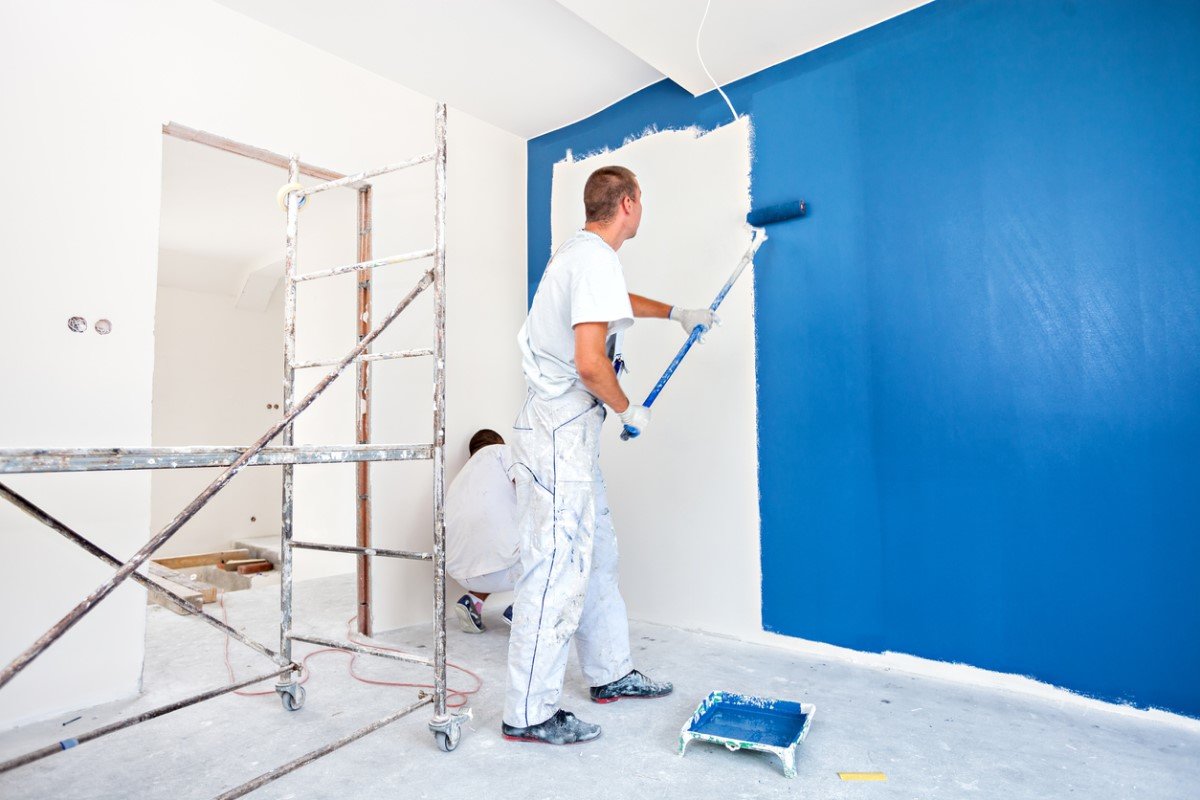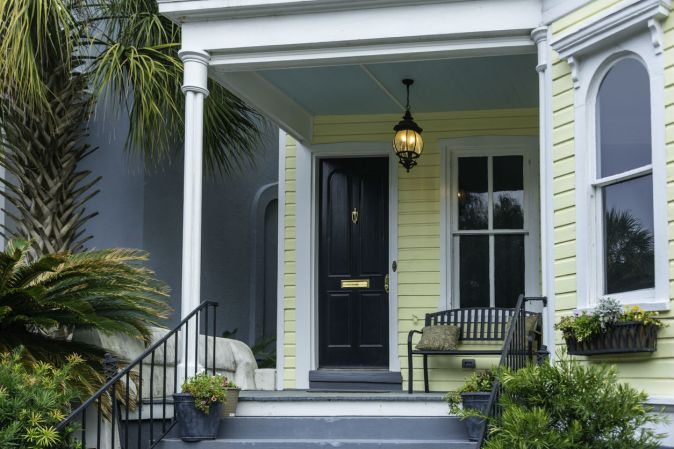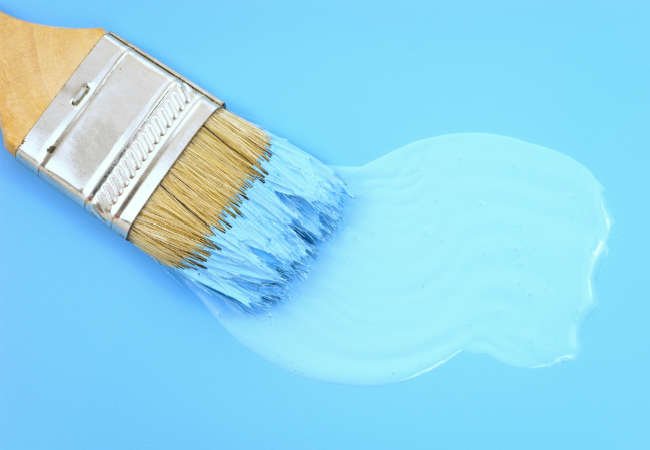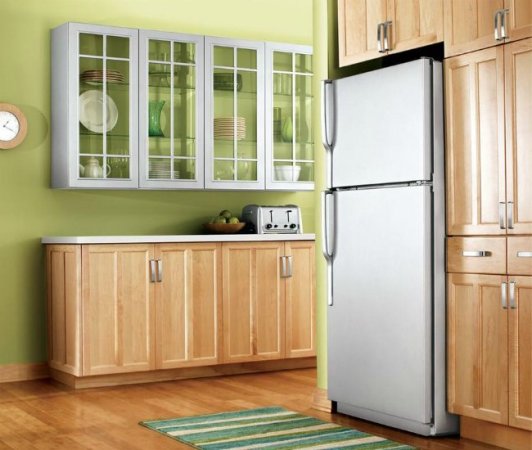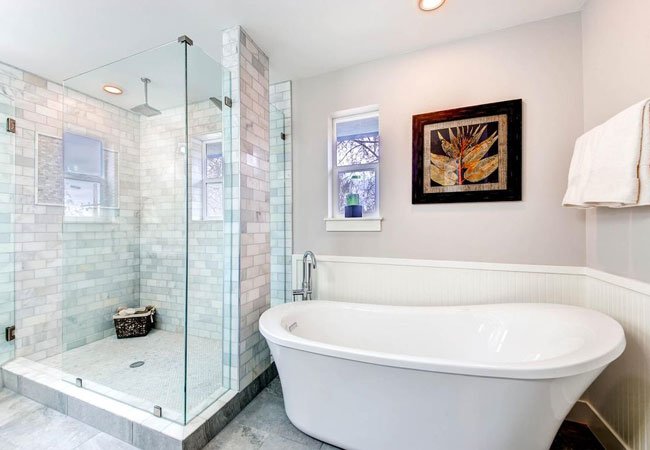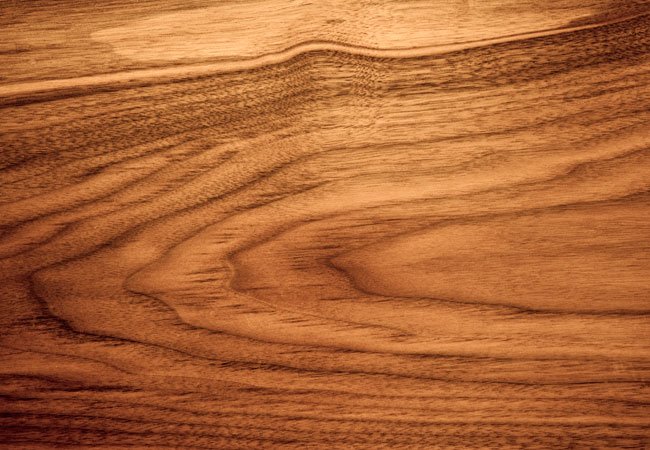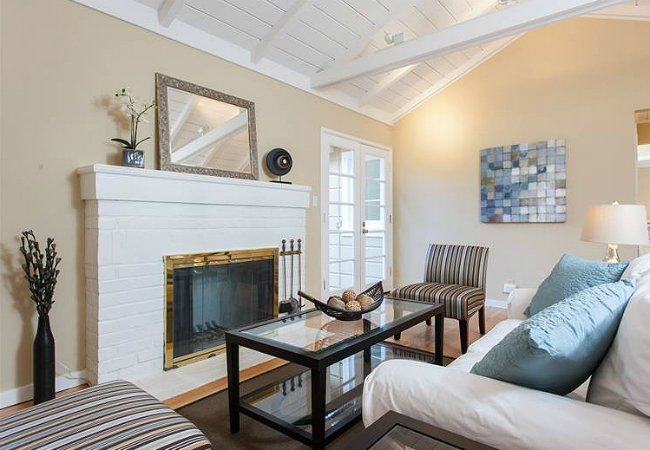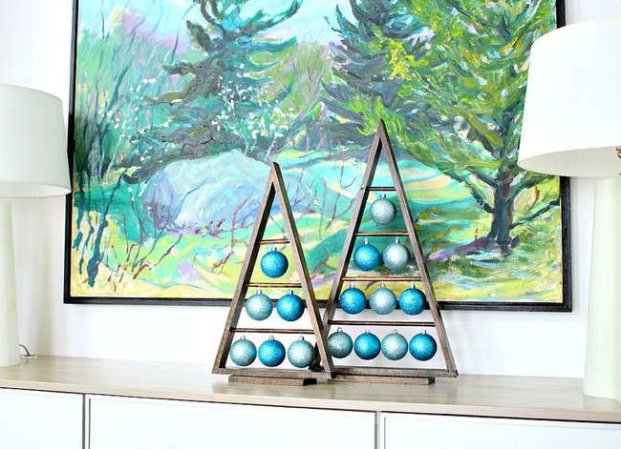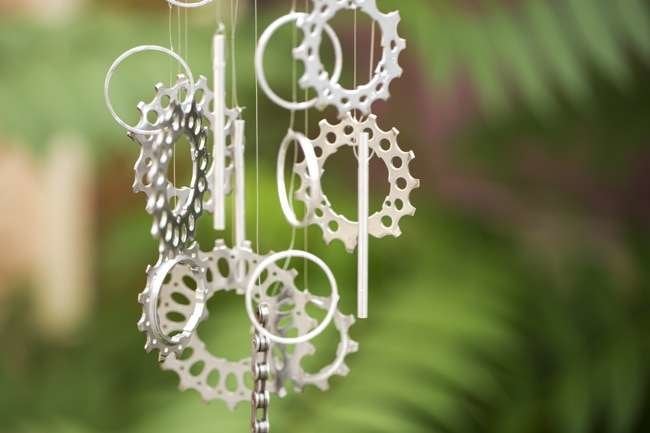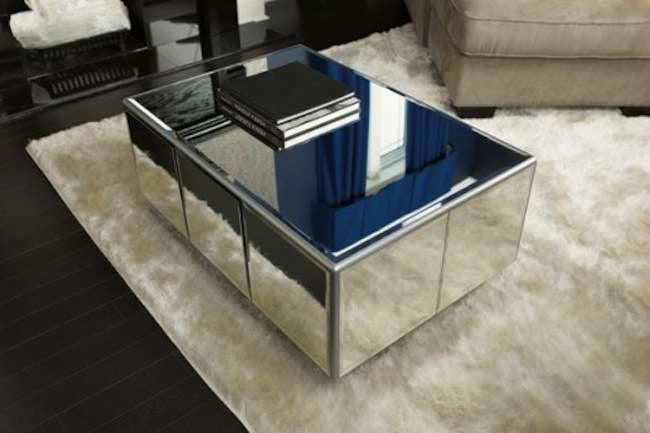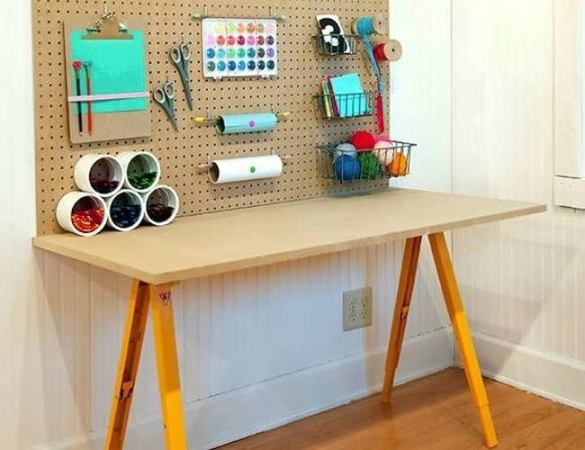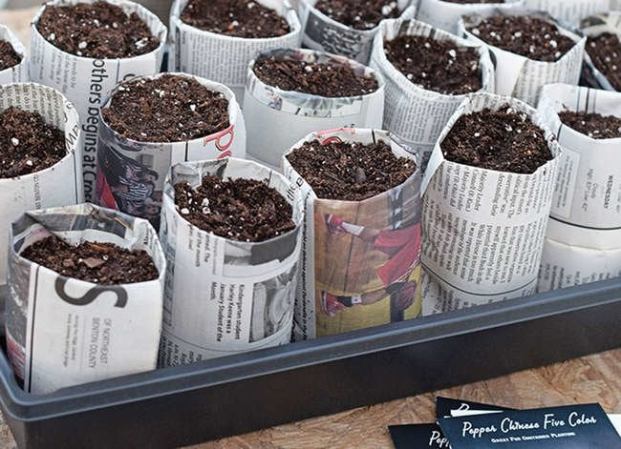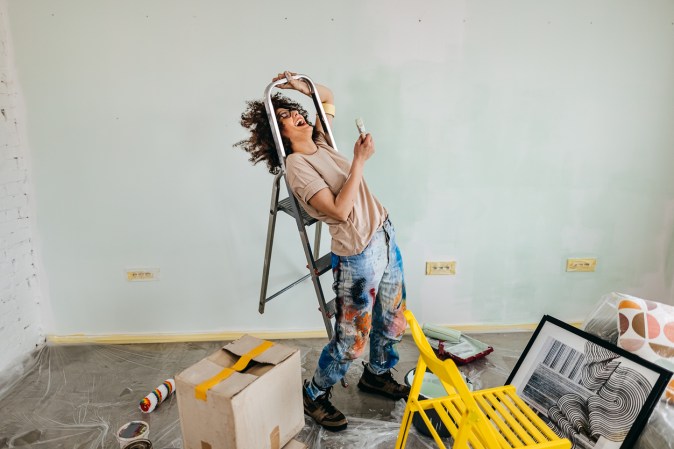We may earn revenue from the products available on this page and participate in affiliate programs. Learn More ›
Q: Every professional painter I’ve ever encountered has worn a white uniform. Why do painters wear white? And should I be wearing white during DIY paint jobs?
A: White has become so synonymous with painters that the traditional uniform of a white shirt, canvas pants or overalls, and a cap is known as “painter’s whites.” Yet DIYers like you can’t help but wonder how this custom began and why it continues—especially if it could have a positive effect on your home painting projects. Keep reading for the likely explanations behind the attire and how you can benefit from adopting the all-white look.
RELATED: 10 Unusual Tricks for Your Easiest-Ever Paint Job
White was a historically thrifty choice.
Waste not, want not! Nearly 400 years ago, sailors in England began wearing loose-fitting trousers made from the discarded canvas sails of ships—which only came in white—as an economical measure. Finding the material to be extremely durable as well as lightweight, local painters similarly adopted canvas sail pants in their workwear, and so the tradition of painter’s whites is believed to have been born.
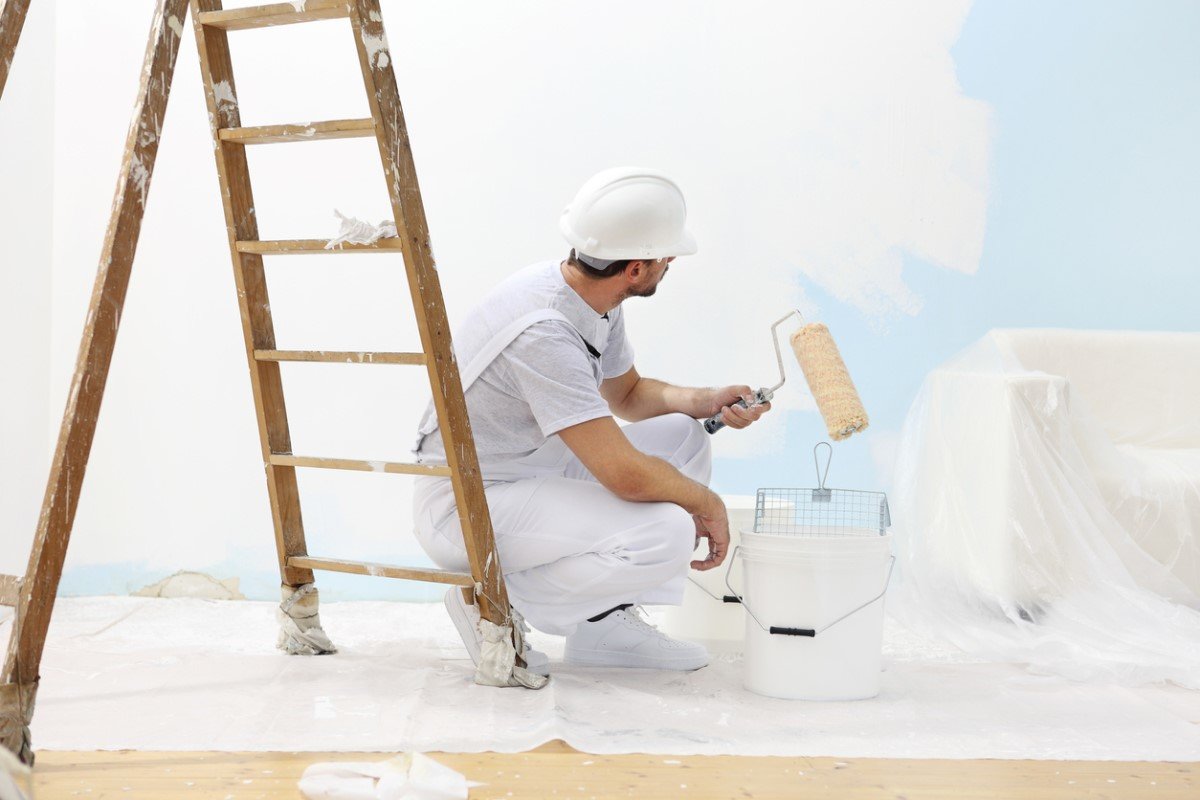
White signaled union membership.
By the 19th century, white became standardized in the painting industry when members of the International Union of Painters and Allied Trades wore whites to distinguish themselves from non-unionized painters. The color also set painters apart from farmers, who wore blue or brown as a rule, and railway workers, who donned pinstripes.
Painters would wear white to hide paint and by-product splatter.
Many hues from the spectrum of paint shades we’re accustomed to now were unheard of centuries ago when white was virtually the only color available for the interiors and exteriors of buildings. (It’s still popular: Sherwin-Williams and Benjamin Moore both boast more than 100 shades of white!) Most materials painters employ (including primer, caulk, spackle, plaster, and drywall repair dust) are white as well.
Wearing white hides the residue from these products, making painters look polished and professional at the end of a job. The clean, crisp image may serve as a signal of skill to customers, showing a painter’s ability to complete a job with minimal mess. Dark duds would only draw attention to white splatter.
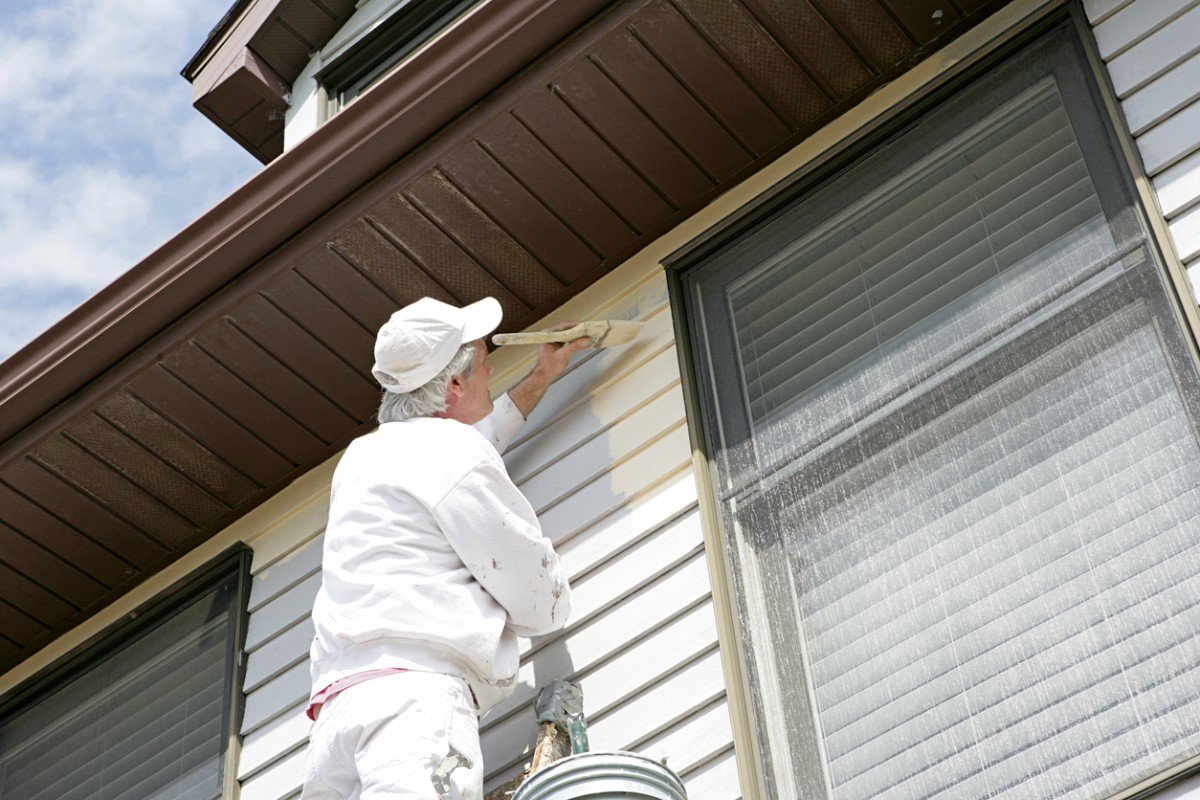
White beats the heat.
Painting is hard, sweaty work, especially outdoors during hot, sunny weather. While dark clothing absorbs heat, white reflects it—much the way white paint helps keeps a home cooler.
White is a warning.
All-white attire attracts attention and acts as a subliminal “wet paint” sign at the job site. When passersby spot painters in white, they tend to become more aware of their surroundings and are less likely to touch freshly coated surfaces, step on paint-filled trays, trip over paint rollers and paint buckets, or walk under scaffolding and ladders. White attire can thusly help prevent accidents on the site as well as handprints and other imperfections, resulting in a safer painting process and more beautiful results.
RELATED: 10 Brilliant Hacks for Your Best-Ever Paint Finish
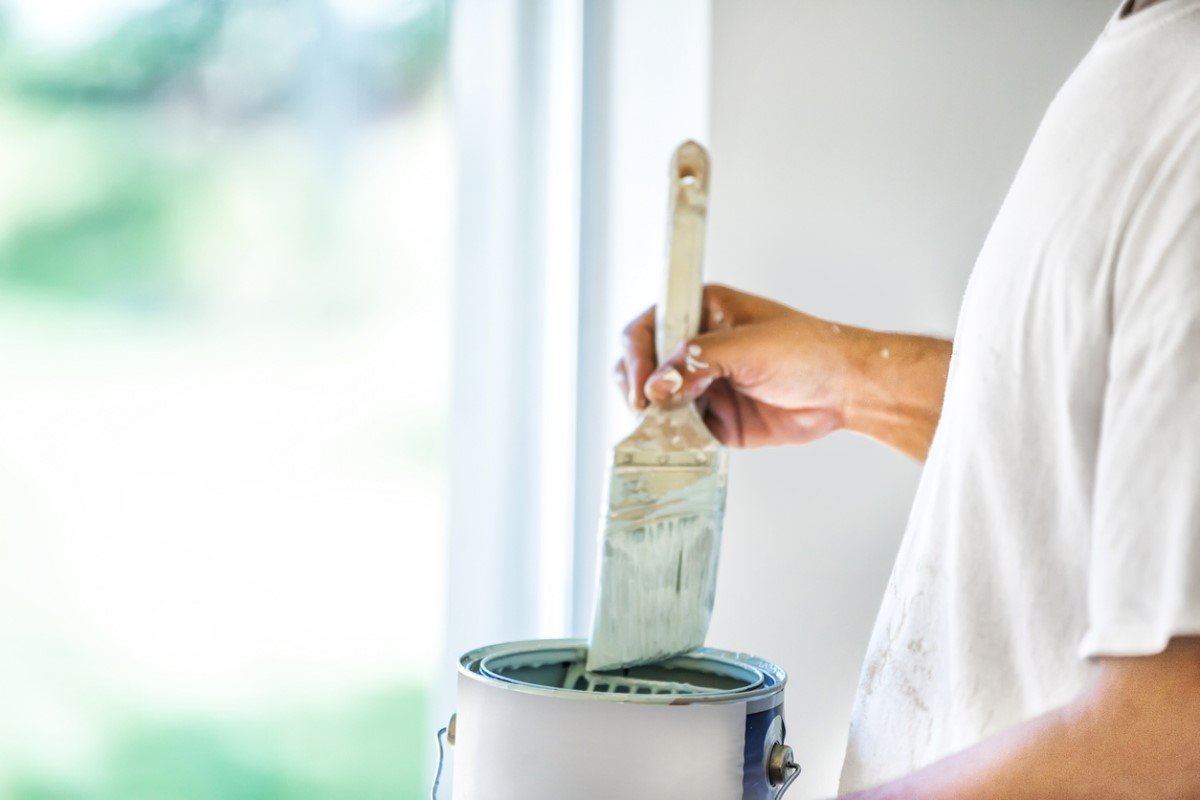
So, should you wear white today when painting?
It’s a personal preference, as many of the reasons that painters would wear white were born out of necessity in another era. Understanding why pros continue to wear white to this day, though, may make you want to adopt the practice for your DIY jobs. Ultimately, more important than color, however, is the fit, feel, and disposability of the painting clothes you choose when working on paint projects. Consider these guidelines for your paint clothes and gear:
- Shirts: Paint splatter is almost inevitable, so shirts should be long-sleeved to protect arms from drips. Choose lightweight, breathable material such as cotton, and avoid anything too loose that could easily brush up against wet paint. An old white dress shirt that has turned yellow at the collar is perfect.
- Pants: Opt for old pants with a relaxed fit; a tight pair will restrict your movement. Overalls, as well as carpenter’s pants and cargos, are ideal because they’re roomy and have multiple pockets for tools, but any comfortable pants with belt loops (for holding a tool belt) should suffice.
- Headgear: Don a baseball cap or bandanna to protect your head from loose paint chips or debris and to keep hair out of your eyes while painting.
- Eyewear: Safety goggles will protect your eyes from sanding debris and paint splashback.
- Footwear: Wear close-toed shoes with a flat, low heel and soles with plenty of traction to allow for climbing a ladder or navigating slick floors. Work boots are great, but sneakers (preferably not super lightweight running shoes) should be fine.
- Paint mask: When using a sprayer, wear a paint mask—a pad with elastic or rubber straps that covers your nose and mouth—to shield you from paint mist.
- Respirator: If painting in an enclosed space without other ventilation such as a window, wear a respirator, which covers your nose and mouth like a mask, but also prevents the inhalation of paint fumes and fine dust through air-purifying cartridges or a hose that supplies clean air to you. These devices will run you $45 to $60 at a home improvement store.
